Why do other people’s posts get clicks in the hundreds while your excellent innovative studies stay persistently underrated? You may be missing one of the most powerful user attractions of all – an engaging headline.
In this article, you’ll find 8 elements that will make your headlines winners, and you’ll learn exactly why they are such effective tricks in terms of human psychology.
Here we go!
1. Surprise
Surprises in headlines work because human brains like novelty. Compared to expected pleasant events, unpredicted pleasant things “turn on” the pleasure centers in our brains even more. Thus, surprises prove to be far more stimulating and grab our attention much quicker than things we know well and even really like. This explains why people can subconsciously prefer an unexpected experience over something they want.
Here are examples of headlines that include the element of surprise:
“Where’s our money?” isn’t something we expect to hear from Windows Mobile developers. (From Ars Technica)
Wait. What does it mean?? (From The Huffington Post)
2. Questions
Questions that prime our curiosity are powerful brain influencers. Whereas, if we already know from the headline what we are getting next, our curiosity may be over before it begins.
The best questions are about something readers can relate to or want to know about.
Consider the following great examples of questions in headlines:
Well, I definitely want to know the answer to this question. (From BuzzFeed)
Really, who? (From The Verge)
3. Curiosity
There’s a psychological phenomenon you can use effectively called the curiosity gap, which is the gap between something a person knows and something he or she wants to know. People start to feel a kind of deprivation when they notice a gap in their knowledge.
It’s possible to provoke that feeling by providing just a bit of information. Once a person knows a little, they will want to find out more and fill in the missing information so they can feel better. With this in mind, try to “prime the pump” by giving readers some intriguing (though incomplete) information in your headline, telling them enough to spark their curiosity but not so much that you give your story away.
The following headlines provoke readers’ curiosity just right:
“A billionaire” sounds like everyone’s dream while “self-made” suggests it’s easy to bring to life. Are you curious yet? (From Business Insider)
I may not care much about Chinese URLs, but this little secret has got me wondering. (From Gizmodo)
4. Negatives
Everyone knows that superlatives like “best,” “greatest,” and “biggest” are effective in headlines, but sometimes negative superlatives such as “worst” are even more powerful. Possibly, this is because negatives are unexpected compared with positives and, thus, cause surprise.
Besides, negatives are powerful for tapping into people’s insecurities. Using words like “don’t,” “stop,” and “avoid” often work well since everyone wants to know if there’s anything they should stop doing.
Look at how negatives work in these headlines:
That’s definitely something I should know, maybe even a matter of life and death! (From Listverse)
Well, avoiding doing something is always easier than doing it, isn’t it? Besides, these mistakes may really mess things up… Gotta read it now! (From VentureBeat)
5. How To
Many advertising writers say if your headline starts with “how to,” it can’t be bad. Probably, this is thanks to everyone’s wish to be smarter.
At the same time, people don’t really want information. What they really want is some sense of predictability and order in their lives. Everyone wants control over their world. That’s why they seek out secrets, tips, rules, hints, laws, and systems that promise to provide order and make better sense of things.
Some examples of great headlines using this trick are:
Hey, this is going to be something I can do. (From Gigaom)
I don’t know how useful it is, but when this how-to article is spread out before my eyes, reading it is irresistible. (From TheBlaze)
6. Numbers
The first reason numbers work in headlines is that people like predictability and don’t like uncertainty. Numbers help readers by providing them with expectation management so that they know exactly what they are getting into. Additionally, it seems that the larger the number in the headline, the better the post spreads.
Check out some great examples of numbers in headlines:
5 unique and self-sufficient pieces of information can’t simply pass by my attention. (From Mashable)
Another 5 secrets I didn’t know… (From SitePoint)
7. Audience Reference
Basically, referencing your audience means using “you” in your headline. Seeing such a headline, the reader immediately feels known and named. The construction gains attention because our brains are focused on solving problems. Actively searching for solutions to problems is part of our survival instinct. That’s why when a reader is in the precise target audience of some headline, he thinks, “That’s for me!”
This tip also feeds into people’s self-interest. In other words, when you speak to your readers’ needs, desires, and emotions, you answer the main question in their minds: “What’s in it for me?”
See how you can apply this tip in the following examples:
These guys seem to know everything about me! (From Lifehacker)
Maybe this is just what I’ve been waiting for! (From The Next Web)
8. Specificity
Quantifiable concrete facts, especially those that form images in our heads, are intensely interesting. Figures imply research and add to the writer’s legitimacy. Any kind of specificity works: digits, names, examples, projections, descriptions, titles, results, etc. Specificity in the headline demonstrates your article is in-depth.
Also, when you are specific, it provides clarity and assurance to readers about what they will be getting into if they click.
See how specificity works in the examples below:
Wow, that sounds outstanding! Gotta read and learn more. (From International Business Times)
Seems like breaking news. I wonder how it happened. (From The New York Times)
Conclusion
When inserting these elements into your headlines, you may find that one trick works really well for a while but then starts delivering diminishing returns. Don’t worry. Just try another, and keep looking for new ways to engage your audience. Be experimental and playful toward what you are writing and literally ruthless about testing. Happy writing!
About the Author:
Andrew Smith is a social media marketer, a former web developer, a writer working in QArea, which specializes in providing web, mobile, desktop, and app development/testing services. Smith enjoys writing about social media, marketing, and IT technologies in his IT blog.
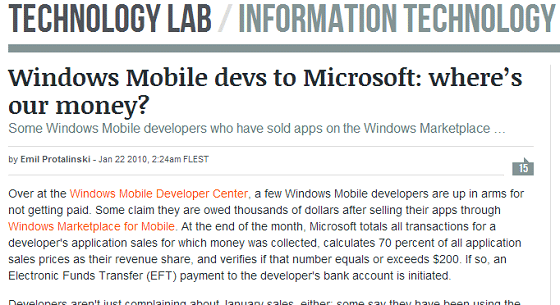
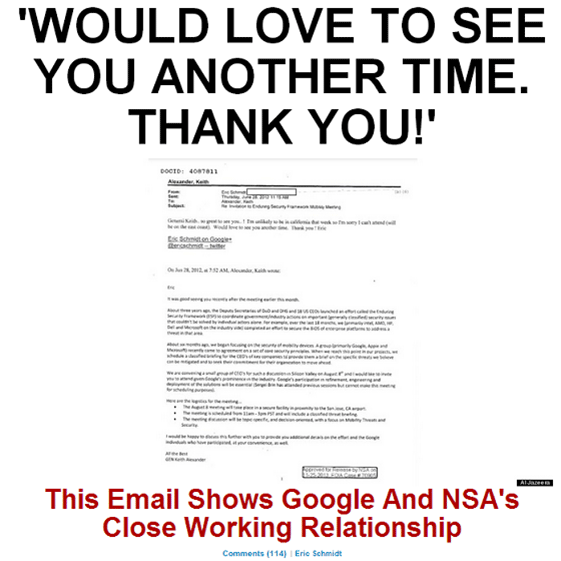
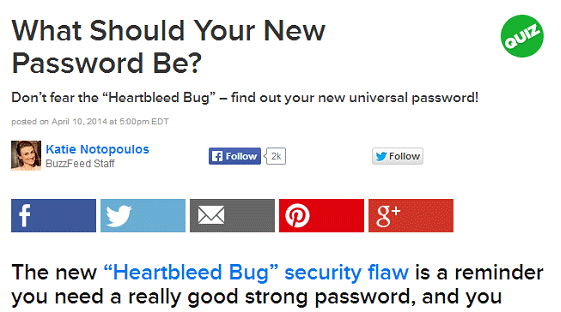
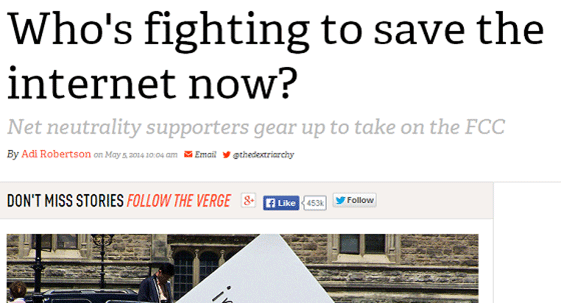
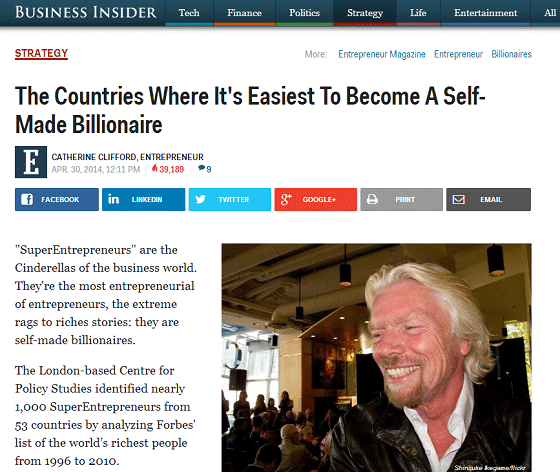
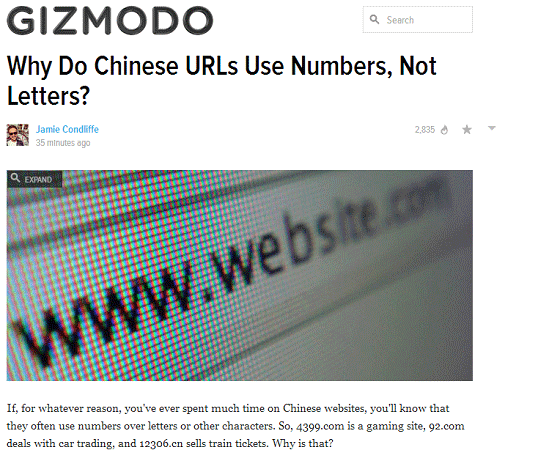
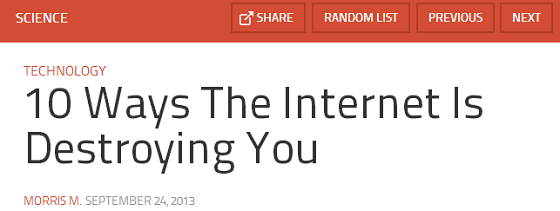
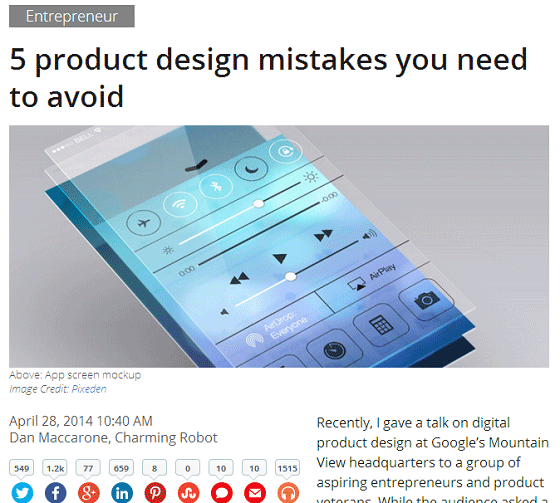
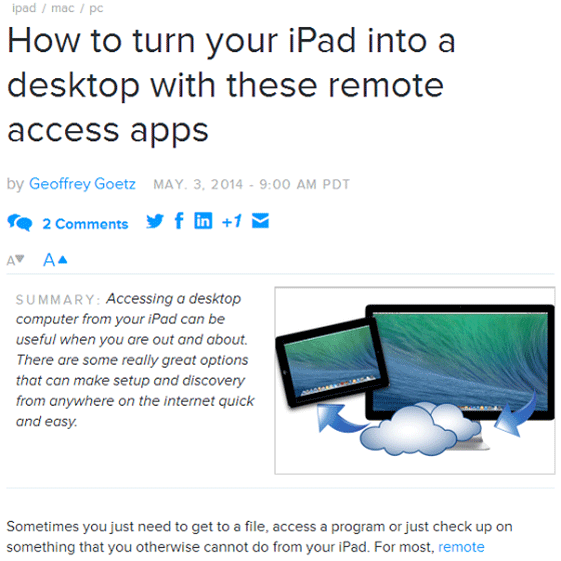
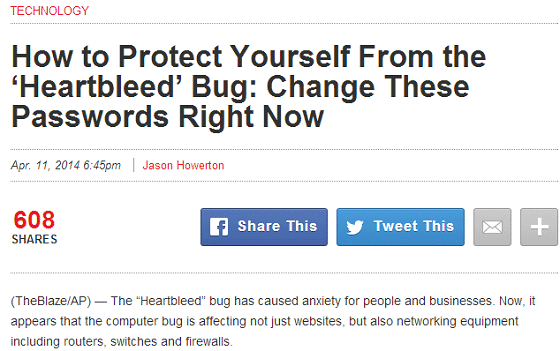

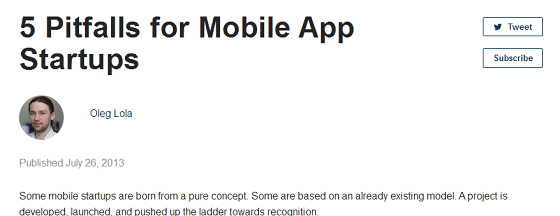
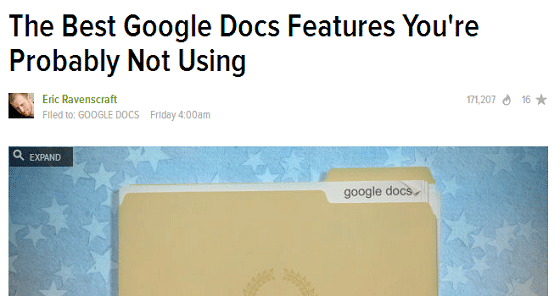
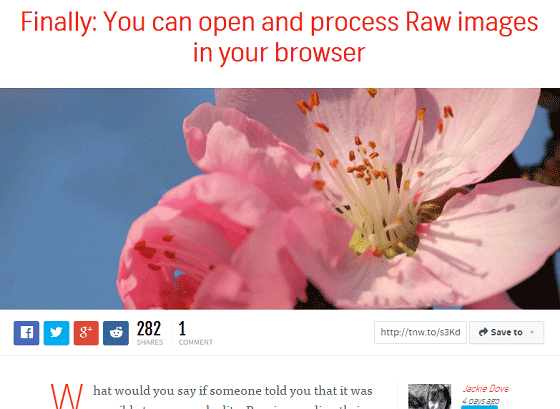
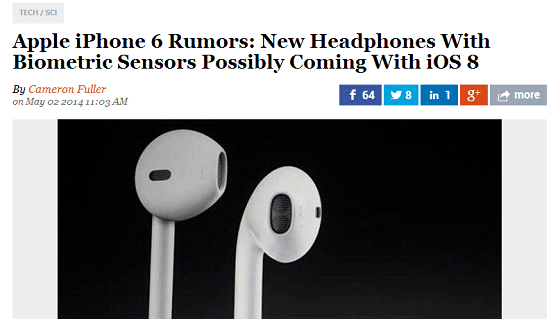
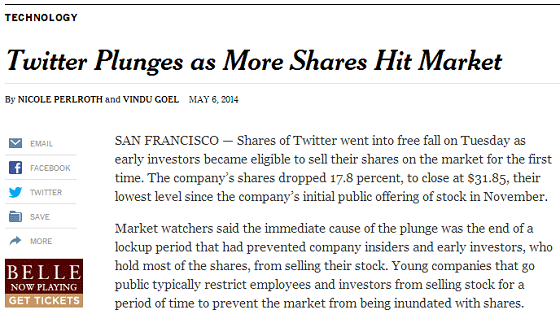
Comments (12)